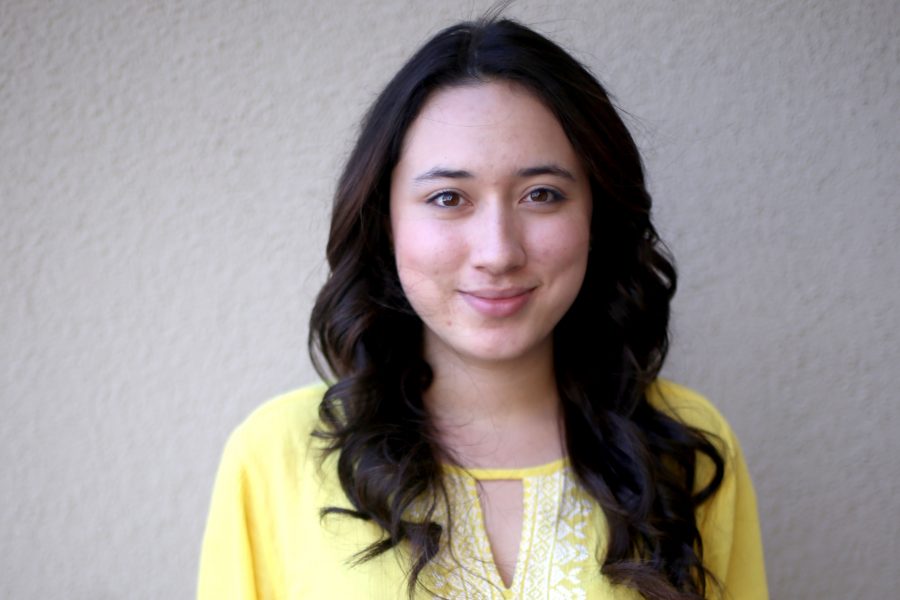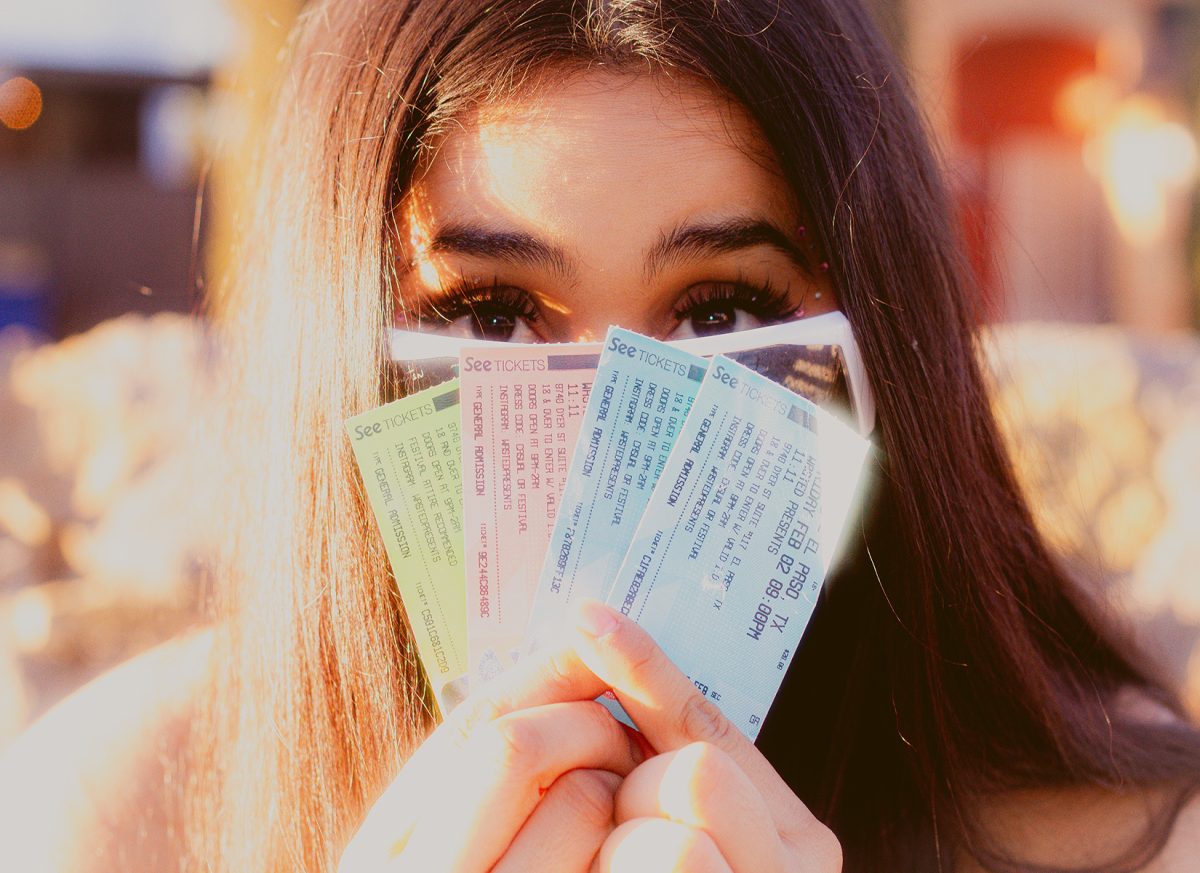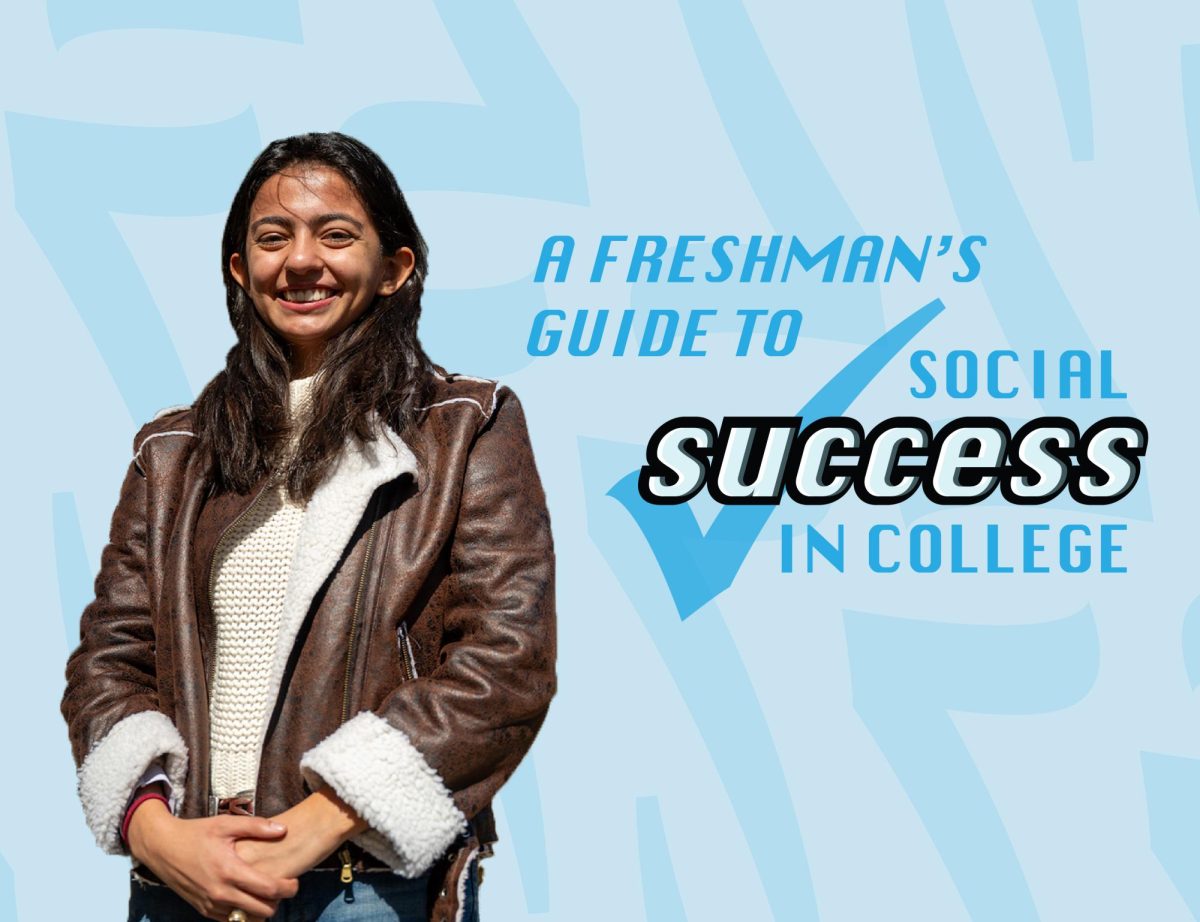As an art student double majoring in graphic design and painting, I am no stranger to being told “that doesn’t work” after turning in a project or assignment that took me hours and hours to complete. This can be frustrating, especially when art or good art is extremely hard to define—if not impossible.
There are no rules to follow to guarantee your artwork will be good, and yet we still get told that something is not working, when a piece is completed, by professors, art jurors or even an average person. Why? Because everyone’s taste or preferred style is super different.
Last week in the art department, there was a call for the annual student artwork showcase held at UTEP’s Rubin Gallery. They asked that all the artworks are on display, from paintings to metals to ceramics, etc. Then, only one juror comes from out of town and takes a look at all the art and chooses what will enter and what will be rejected from the showcase.
This has often created problems, because some jurors may pick what they like according to the type of work that they do, whether it is abstract, realistic or something else. This in turn means that a lot of good art that had a lot of thought and hard work put in to it will not be accepted, because one juror alone, with biased opinions, will make that decision. This doesn’t mean that the work chosen is bad, it’s just that good art comes in many different styles and displays many different ways of looking at the world.
Considering all of this, my friend and I were discussing which pieces to submit for the show and found ourselves looking at the juror’s website to see if we could decipher his taste or style, that way we could submit something that he would like instead of something that we were proud of. Ultimately I opted for the latter, because is it really my work if I’m changing it to be someone else’s approach instead of my own?
This sometimes feels true in the classroom as well, because when we are assigned a project, it usually comes with a list of requirements to fulfill. And if you don’t have a good professor, then number one on that list will be to make sure that it looks the way they want it to.
I once had a professor who lowered my grade because my design was symmetrical and expressed to me that while symmetry is appealing to the eye of the human being, he didn’t like things to be symmetrical. This was during my first semester of college and I was completely lost, I couldn’t understand what I had done wrong in my work until I realized that making it symmetrical wasn’t an actual flaw in this particular assignment; he just preferred asymmetry as a personal preference.
Although this doesn’t always happen, I’ve had many excellent professors as well who taught me the technical parts of art so that I may be able to create art pieces my way, in my style and from my point of view. They have not only taught me this, but have also encouraged me to experiment and to push beyond what I’ve done.
Because, of course, there is bad art in the world and as students, yes we are bound to have failures as we do these experiments and learn new techniques. But the most important thing that professors have taught me is to own my mistakes and find a way to turn them into something greater, a part of what I had meant it to be originally.
Now, regardless of whether the piece is successful or a monumental failure, we as students must take it all as part of the learning process. And yes, sometimes when it comes down to the grading it seems like there are no second chances, what you did is what you get, whether it’s good or bad.
Creating art usually isn’t all about the grades, it’s the end result that matters, and while the grade is final, the lessons learned from mistakes on a piece can always be put to good use in a new one. Looking at it this way means that there actually is an infinite amount of chances to get it right, whatever that means.







